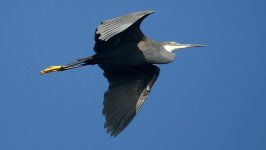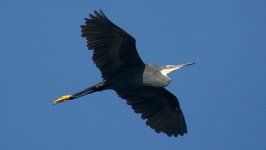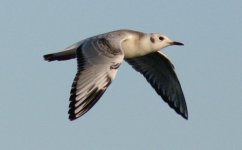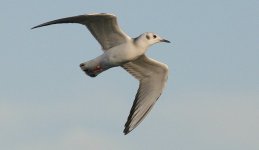Mandy
Newbie Birdwatcher
Hi everyone, I have a couple more birds that I'm looking to get IDs for. Both of these were seen off the coast of New Hampshire (USA) last month. I originally thought that the first bird was a Great Blue Heron, but after doing some photo comparisons it appears as though it's not. This bird has yellow feet which I'm told that GBH's do not have. Someone also told me about an extremely rare bird (I think she called it an Black African Heron) that may have lost the rest of it's flock and has since joined in with some Egrets. I know very little about Herons and Egrets so I don't know for sure what this is.
I thought that the 2nd bird was a Common Tern from a distance, but as we got closer I realized that it wasn't. I photographed it, but have yet to come up with a positive ID.
Any input on either of these birds is welcome. Thanks!
I thought that the 2nd bird was a Common Tern from a distance, but as we got closer I realized that it wasn't. I photographed it, but have yet to come up with a positive ID.
Any input on either of these birds is welcome. Thanks!








